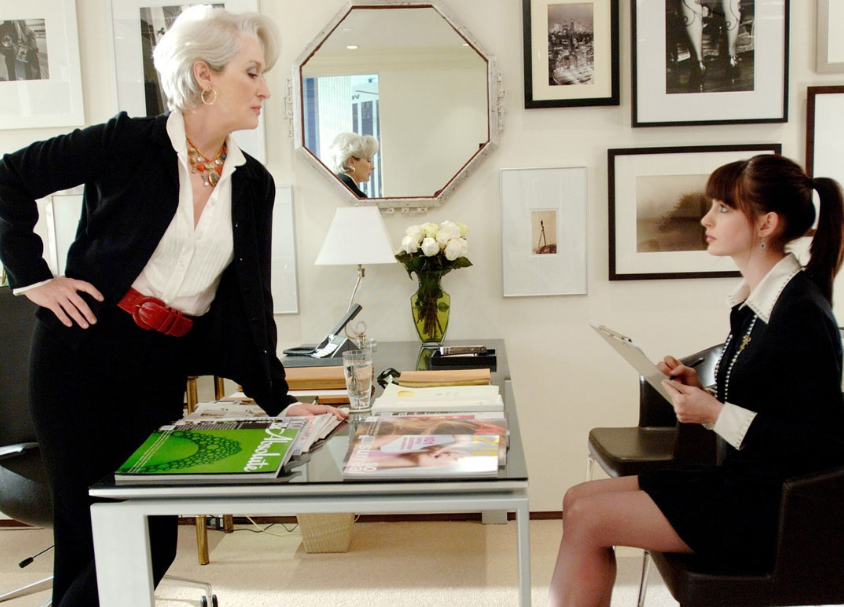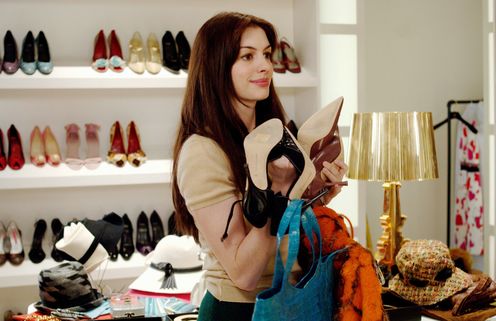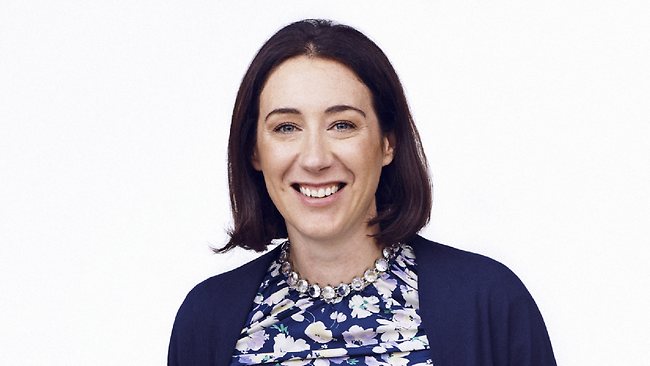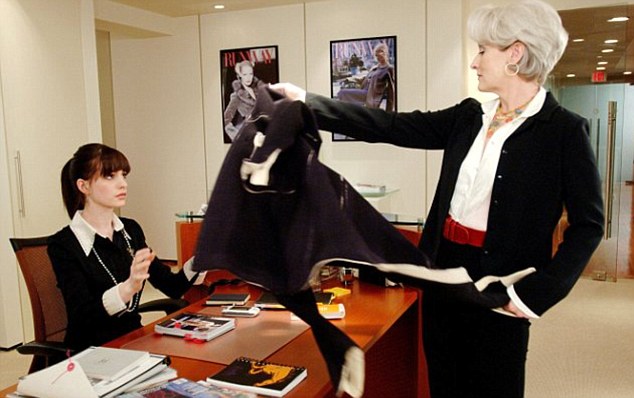Fashion is a glamorous world. Haute couture, Chanel shows, Prada shows, Anna Wintour, Karl Largerfeld, Patrick Demarchelier…did I mention Chanel already? It masks the sweat, blood and tears, leaving only a pretty illusion of stunning gowns, rich jewels, pristine models and glittering front rows. But what is the path to such wonderment? The answer—fashion interning. Interns are at the gritty end of the fashion hierarchy and are often removed from the sparkling runway shows and insider parties. So why are millions around the world desperate for that one internship? As fashion enthusiasts, we live and breathe clothes and spend our wages on shoes rather than food. We want more than anything to be sitting front row at Chanel and it seems interning is the only way in.
So what exactly is the definition of an internship?
“Internships provide real world experience to those looking to explore or gain the relevant knowledge and skills required to enter into a particular career field. Internships are relatively short term in nature with the primary focus on getting some on the job training and taking what’s learned in the classroom and applying it to the real world.”

This definition explains why interning with a designer or magazine or PR company is integral. The fashion industry, by it’s very nature, constantly changes—trends come and go, colours come in and out and new designers always hit the runways, thus it’s not something you can go to university and study. Of course you can learn the foundations, like different design techniques, writing techniques, how to make a PR release and such, but universities can’t change the course structure every time Paris Fashion Week comes around twice a year. Here, interning becomes extremely valuable; it gives you practical fashion experience.
Personally, most of my interning experience has involved writing. My most recent experience is a year long editorial internship at a Melbourne fashion print magazine. I had my work published and wrote on current and relevant issues and events that only those working at a magazine gain first.
Studying Journalism at university, we are told to find and create our own story ideas. However in reality, this is not always the case. In a magazine, a lot of content comes from PR firms and agencies. Interning taught me the practical skills of turning press releases into engaging articles not just based on selling a collection or designer, but how they are contextually placed in society and fashion.
Indeed, there are many positives to interning. One of the greatest is gaining contacts and connections to create full time job opportunities or further internship opportunities.
When interning at the LMFF one year, I volunteered to assist one of the stylists in a pack down for his show. Although very tedious and hard work (taping and untaping lots of shoes to be specific), I was able to reap the rewards when the stylist said I could assist him on some of his other projects in the coming months. I loved working with him and learnt a lot about the art of styling, having good relations with PR girls and how to dress models quickly—very quickly! However, it also taught me that writing is more my forte.
Hence, another reason to intern—it lets you assess what your strengths and weaknesses are within the industry.
Moreover, we only have to look to our most fabulous Australian Vogue fashion editors to see starting from the fashion cupboard floor is the most effective way up.
Vogue, Editor-in-Chief, Edwina McCann:
“My first job was at Vogue in the fashion cupboard as an assistant. I landed it after I assisted a freelance stylist (for free) while I was at university studying architecture. She knew someone who knew someone and I trialled at Vogue. They were looking for an assistant, and I got the job.” (via Vogue)
However, be aware that every coin has two sides. There are many counter arguments to undertaking fashion internships. Internships are short in nature and it’s often difficult to see where they’ll actually lead. Sometimes rewards are not instant. There may not be a paid job available at the end of your internship, thus the value of interning is often questioned. A report on fashion interning in the Guardian for example, questions whether fashion employees simple use interns to gain free labour, claiming that often companies have more interns than paid workers. On the other end of the spectrum, the article suggests that interning work is too mundane and repetitive providing little real life experience.
Although true to some extent, it’s this hard work involved in interning that shows future employers your dedication to the art of fashion. Any kind of interning—no matter with a stylist, editor, magazine, photographer, website or designer—looks good on your resume. Talk to anyone in the high power fashion industry and at some point, you will find they too have worked for free!
Here are some of my tips:
Firstly, never say no to any opportunity in the media industry. You may be offered a position interning as a financial writer, but once you’re in, you’re in. Magazines are only tiny parts of huge publishing companies hosting a variety of different magazine titles, plus further careers from marketing to advertising. I mean think about it, could you ever really say no to any job at Conde Nast with Anna Wintour only an elevator ride away?
Secondly, work hard—very hard. Do even the smallest task to the best of your ability, because as Wong and Williams show it will be noticed. Remember, as an intern you are there to work and be professional. Be prepared to arrive at work before your boss does, do the coffee runs and deliver mail.
Thirdly, don’t ask for entitlements or favours. To truly impress an editor or a designer you need to show your dedication for their company, not just by making yourself stand out. Study how people at your fashion company work and try to emulate that. Even little things, like good phone and email manners will impress. You’re being naive if you don’t think there are other people who would be willing to chop an arm and a leg off to take your place.
Fourthly, although you may have high goals, don’t set your sights solely on the company head or editor-in-chief. It’s not that they don’t appreciate your work, but often they just don’t have time to be your mentor. Thus, look to the person who hired you for advice and guidance, for example, your editorial coordinator or the junior fashion editor. And if you just can’t resist introducing yourself to your editor-in-chief, make sure it’s a quick, professional and well timed introduction.
If you really do live for fashion, then be patient. You only need one week of work experience or one contact to be the lucky one. Believe that the right job will find you. I do, just like I believe that one day all this free work will land me a glittering front row seat at Chanel.




Leave a Reply